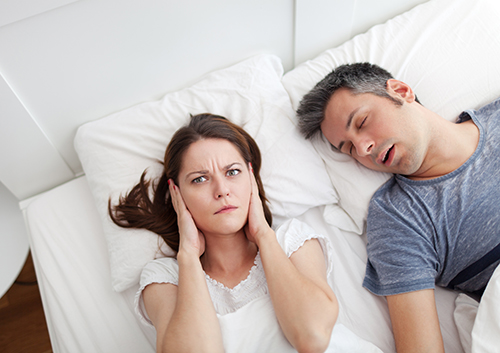Beneficial Beverage or Damaging Drink?
July 28th, 2021

Talking about a healthy diet usually means talking about food. After all, our teeth and gums need protein, vitamins, and minerals to stay strong and free from cavities and gum disease. But let’s not forget the part liquids play in our diets! What we drink can actually have a dramatic effect on our dental health.
Beneficial Beverages for Our Teeth and Gums
- Water, water, water!
Water is always a healthy option. Besides being a nutrient in its own right, water washes away food particles as we eat, dilutes the acids in our mouth that can lead to cavities, and often provides the fluoride, which reduces our risk of tooth decay. Also, water helps with the production of saliva, which cleanses our mouth and helps neutralize the acids which cause cavities, gum disease, and bad breath.
- Milk
Milk provides the calcium and vitamin D that are essential for bone and tooth health. If you are worried about the fat content in milk, low-fat options will still deliver the nutrients your body needs.
- Vegetable juices
These juices provide important vitamins and minerals without the sugar levels of fruit juices. If that 100%-leafy-green smoothie is a bit bitter, add a small amount of fruit to the mix, but remember to avoid too many acidic, sugary additions.
Drinks that are Less than Ideal
- Sugary beverages
Regular soft drinks, fruit juices, energy drinks, and sweetened tea and coffee provide bacteria with the sugar they use to produce acids. These acids, over time, weaken our enamel and lead to cavities.
- Acidic drinks
Any acidic beverages, such as soft drinks, sports drinks, or citrus juices, provide their own acids that can erode tooth enamel.
- Drinks that stain our teeth
Red wine, coffee, black tea, fruit juices, colas—even sports drinks!—can leave our enamel stained and discolored.
Should we give up all these problem drinks completely? Can’t we start our day with orange juice and a cup of coffee, or down an energy drink after a workout? The important takeaway here is to recognize which drinks can damage teeth and gums, and to minimize any harm they might cause. If you are going to drink something sugary or acidic, don’t sip it. Sipping lets the sugars and acids linger in the mouth. Drink with a meal. Chewing increases saliva production, which helps wash away harmful sugars and acids. Try using a straw for drinks that stain teeth. And it’s always best to rinse with water immediately after drinking anything sugary, acidic, or staining.
Best of all, try to include as many nourishing beverages as possible in your diet. Keep your mouth healthy with a steady routine of brushing and flossing for at least two minutes twice a day. Don’t forget to schedule regular checkups and cleanings at our Ashburn, VA, Frederick, MD or Stamfort, CT office so Dr. Hemani Kaur, Dr. Garima K. Talwar, Dr. Ann Hogan, and Dr. Nishal Patel can monitor your teeth and gums and remove plaque and stains if they develop. And if you have any questions about the healthiest beverages out there, let’s have a glass of water and discuss.







